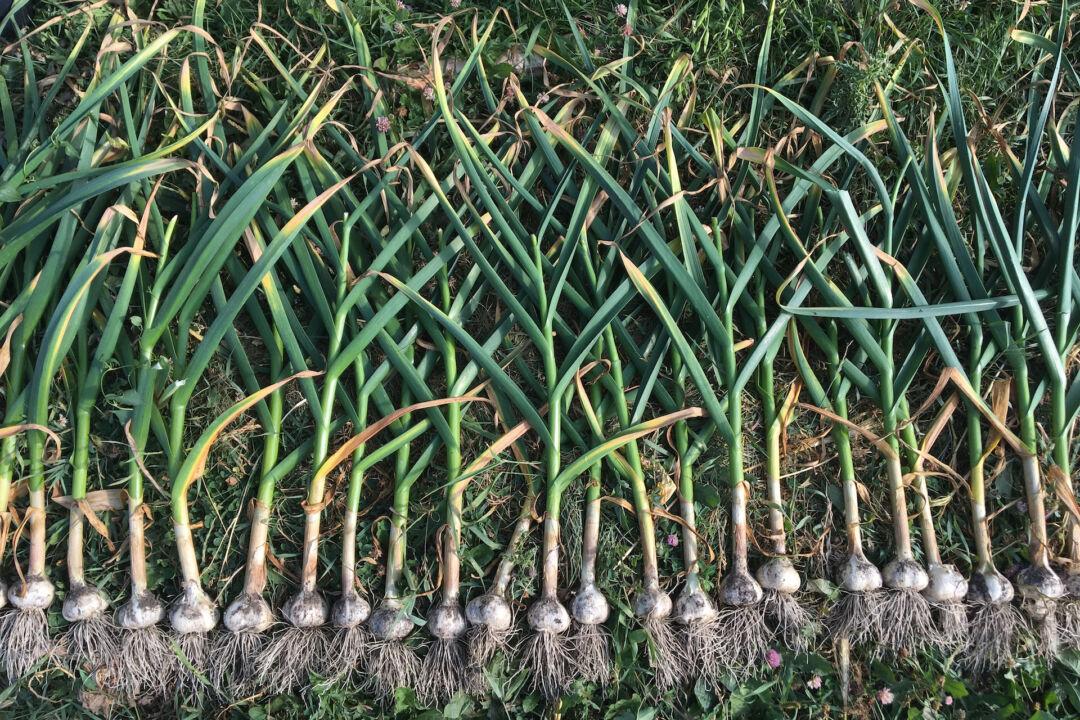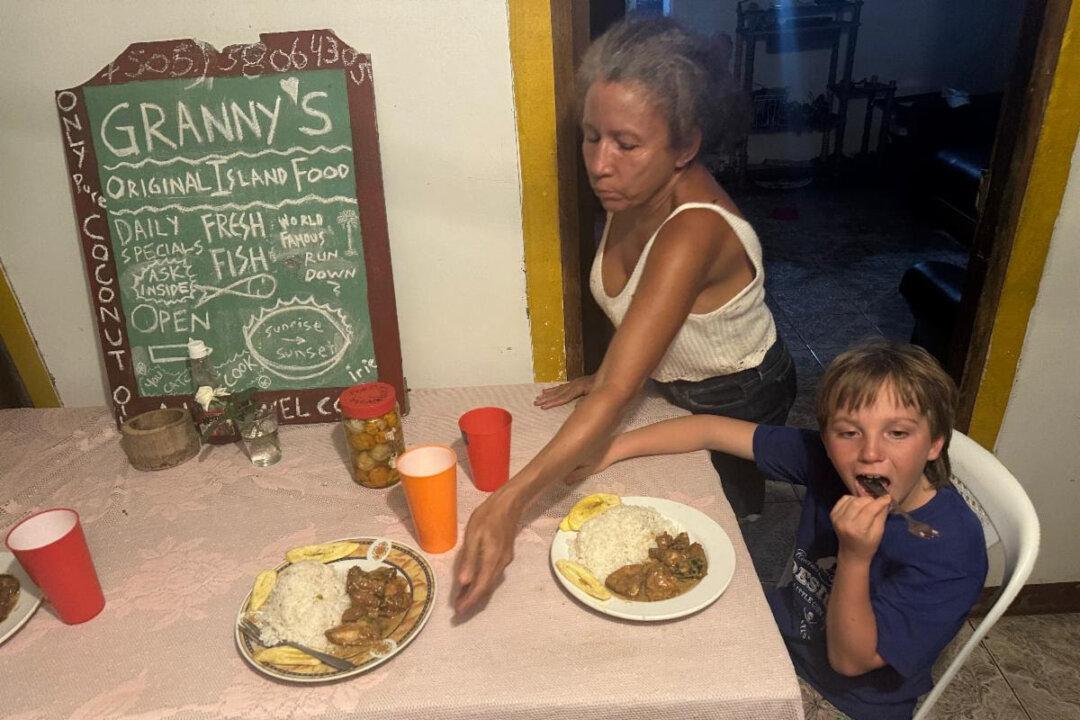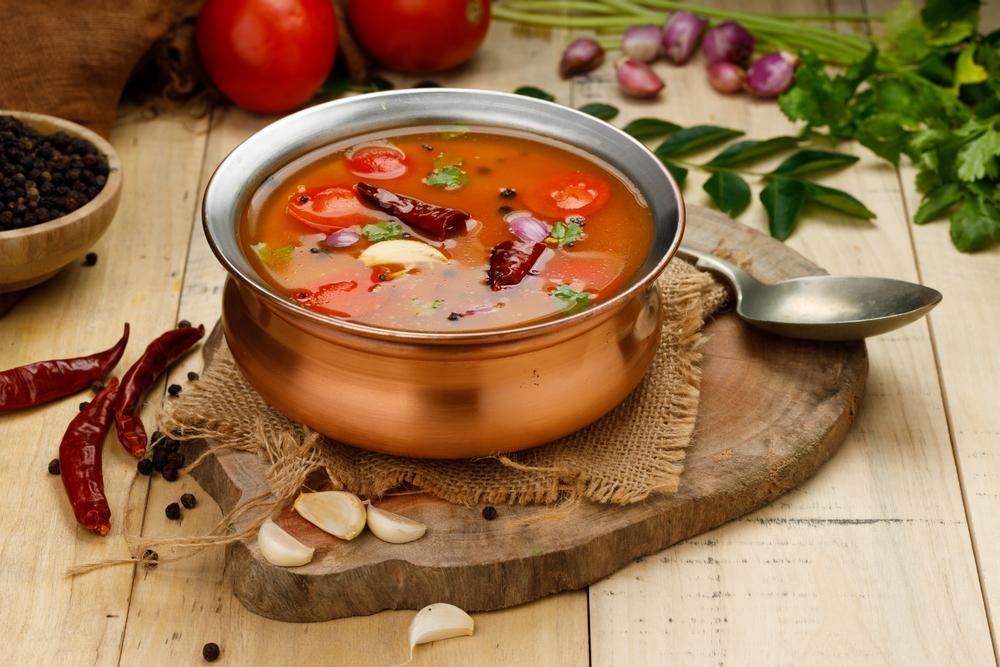I’ve often wondered what, exactly, Little Miss Muffet was eating when she sat on her tuffet.
Curds and whey are what milk becomes when you heat it to a boil and add acid. This causes the milk to separate into coagulated chunks of curd surrounded by watery liquid known as whey. The splitting of milk into curds and whey is the first step in cheesemaking and the point of departure to many wonderful places. But it’s hardly a destination.
I made my first batch of curds and whey by accident. I was enjoying a cup of tea with milk and decided to add a squeeze of lemon. Immediately, my cup filled with cheese curds. I guess I’m no Little Miss Muffet, because I made another cup of tea rather than sip my way through that lumpy mess.
Curdling the milk is the first step in the making of almost any cheese. And for paneer makers, it’s nearly the finish line. Simply strain the curds through cheesecloth, let them hang for a few minutes to drain, and then let that sit for a few hours under a heavy object to press out the last of the whey. Voilà! You’ve made cheese.
In the making of most well-known cheeses, curds and whey is just the beginning, regardless of whether it’s going to end up aged, moldy, or full of holes. But if you’re aiming for the simpler end of the spectrum, such as cottage cheese or Indian-style paneer, you’re almost done. And these easy cheeses can be just as satisfying as their fancier peers. Simply strain the curds, maybe give them a squeeze, and enjoy your cheese.

The acid you choose to curdle the milk will affect the flavor. I’ve made it with fresh tangerine juice, and both curds and whey came out tasting like a Creamsicle. I could totally relate to Little Miss Muffet for wanting to eat this, because I quickly slurped down my first bowl of tangerine curds and whey. It doesn’t need sugar but can handle sweetness very well if you want to add it. A Meyer lemon, which is sweeter than a regular lemon, makes a sweet lemony curd and a deliciously drinkable whey.
Citrus or yogurt wheys are great for making oats with, either hot oatmeal or “overnight” oats. You can also add it to pancake batter and smoothies or drink it straight.
Vinegar makes a sharp, clean-tasting paneer, but the whey isn’t as drinkable. Yogurt makes the mildest, creamiest paneer.
Recently, I had some old milk in my fridge that was stressing me out. At any moment, the kids would reject it. Before that happened, I had to use it.
I found my answer at the farmers market, thanks to a bag of new spinach. The idea crystallized—or curdled, as it were—around a meal of saag paneer, the Indian dish of spinach and cheese.
The plan was to go home and make paneer from my old milk. I would cut the cheese into cubes, pan-fry them, and add these browned creamy cubic nuggets to a pan of liquified, seasoned spinach. I also grabbed a bag of arugula, as a proper saag paneer contains mustard leaves of some sort.
As planned, the combination of earthy, spicy veggies and meaty chunks of creamy cheese made a satisfying and complete meal. Once you know how to make easy cheese, there will never again be an excuse to let milk go sour. Miss Muffet would be proud.

Indian saag paneer combines earthy, spicy veggies with meaty chunks of creamy cheese. Yulia Gust/Shutterstock
Saag Paneer
Serves 4- 1 gallon full-fat milk
- 1 cup yogurt, or 6 tablespoons citrus juice or white vinegar
- 1 teaspoon mustard seed
- 2 teaspoons cumin
- 2 teaspoons coriander
- 4 tablespoons olive oil or ghee, divided
- 2 teaspoons garam masala
- 1 onion, minced
- 2 garlic cloves, chopped
- 2 tablespoons chopped ginger root
- 2 serrano or jalapeño peppers, chopped
- 1 pound fresh spinach
- Large handful arugula
Pour the milk into a thick-bottomed pot. Heat on medium, frequently scouring the bottom, ideally with a rubber spatula, to prevent buildup. When foaming and about to boil—about 20 minutes—turn off the heat and allow it to sit for a minute. Then add your acid and briefly stir. It should curdle immediately into thick curds and clear whey. If it doesn’t curdle, add more acid until it does. Allow it to cool to room temperature.
While it’s cooling, lay two pieces of cheesecloth over a colander, crossed at the bottom to make a plus sign. Set the colander over a pot or bowl. Ladle yourself a cup of curds and whey, and see what you think.
Carefully pour it through the cheesecloth, filtering the curds and catching the whey below. Pull the corners together and hang the curds by the corners.
If your acid is yogurt or citrus, set the whey aside for oatmeal or other uses. It’s full of protein and tastes really good. If it’s vinegar, the taste is more acquired, but you can still drink it.
After an hour, unhang the curds. Pull the cheesecloth tight and shape the cheese into a puck-shaped disk. Find a way, with your gear in your kitchen, to put weight on the cheese (I put it in a deep bowl with a gallon jug of vinegar on top) and let sit for about 2 hours.
In a dry, heavy-bottomed pan, toast the mustard, cumin, and coriander seeds on medium heat for about 4 minutes. Add 3 tablespoons of olive oil or ghee and the garam masala, onion, garlic, ginger, and peppers. Cook until the onions are translucent, then turn off the heat.
Bring a pot of water to a boil. Blanch the spinach and arugula for 3 minutes. Immediately transfer to a bowl of ice water. When cold, drain the leaves and squeeze out the water.
Put the leaves in a blender, along with the onion mixture, and liquefy. Season with salt, add water if it’s too thick, and blend again.
Unwrap your cheese and cut the disc into cubes. Fry the cubes in a thick-bottomed pan with a tablespoon of olive oil or ghee, turning occasionally until brown on a couple of sides.
To put it all together, add the spinach mixture to the pan of browned cheese. Heat to a simmer.
Serve with rice and Indian-style condiments.





